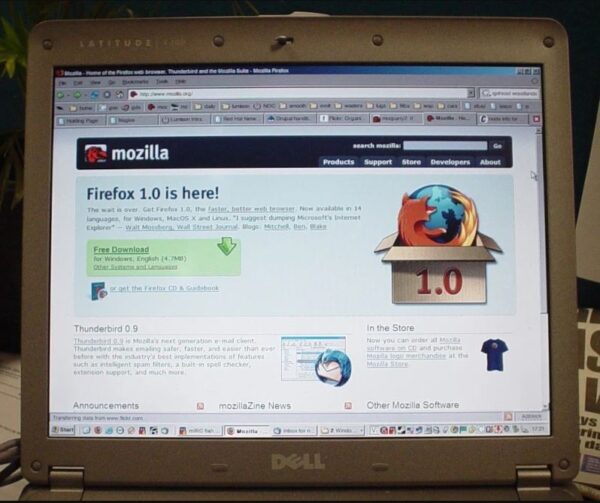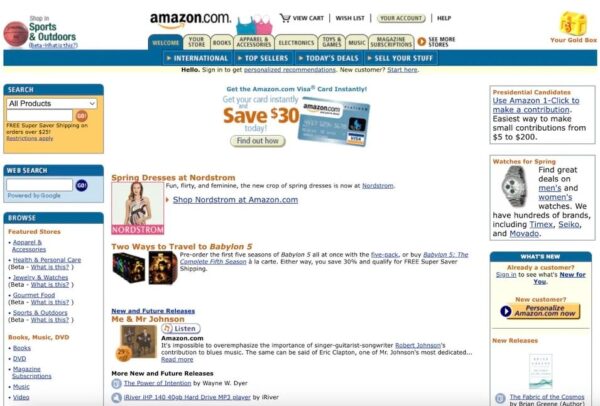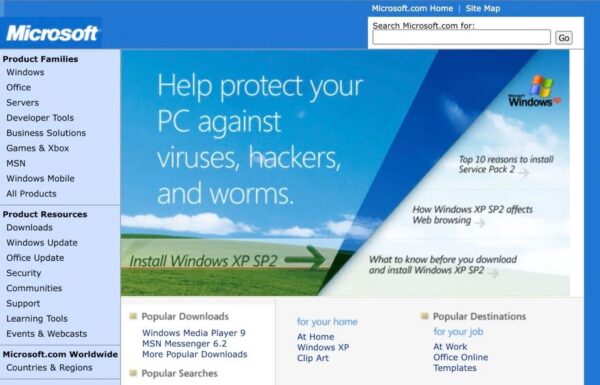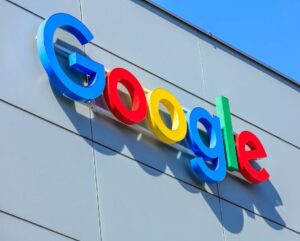2004 marked the launch of Flickr and Gmail, blogs, and RSS became the new social network. At the same time, the Google IPO and the first Web 2.0 Conference took place.
20 years ago was the time when the Internet entered the Web 2.0 era. In February 2004, Facebook was quietly born in Mark Zuckerberg’s Harvard dorm room. Meanwhile, across the Canadian border, a photo sharing site called Flickr was officially announced.
In April, Google launched Gmail – one of the first web applications, operating as a native app. The technology behind Gmail – the JavaScript programming technique “Ajax” – underpinned many web products, making them popular in the future.
Many important changes appeared on the Internet in early 2004, but we still did not have a specific term for them. Blogging and wikis encourage ordinary people to write more on websites. At the same time, new sites like Flickr and del.icio.us (a bookmarking service) allowed users to share anything online.
The birth of social networks
All was well before social media came along. It was not until June 2004 that a social networking site reached one million users. That was MySpace and it remains the most popular social network almost four years later.
In 2004, the term people used to refer to websites like MySpace was “social software.” The term covers MySpace, Friendster, blogging platforms like Blogger and LiveJournal, wiki sites like Wikipedia, and even major 1990s platforms like forums and message boards.
According to Cyber Cultural, blogging was still an unpopular field in 2004. But it has gradually become a place where daily online conversations take place. Blogs are the prototype of future social networks, because this is where people learn how to form and express opinions on the Internet.
The beauty of blogging lies in its hierarchy of posts. However, they lack diversity. Most of the top blogs on Technorati — a fledgling blog search and ranking service — are political or technology blogs.
After that, web applications running in browsers began to emerge, forming the most important Internet technology trend in 2004 such as RSS Reader or Bloglines. In a July 2004 post on RWW about Bloglines, writer Richard MacManus recounted the wonders of web applications.
“In general, browser-based applications are easier to use, require no installation, and most importantly, are accessible on any computer with an Internet connection. Well-off customers can get better (richer/smarter) functionality and not be constrained by browser limitations,” he wrote.
As for the browser, Mozilla’s first version of Firefox was released in November 2004. At that time, Microsoft was at its peak dominating the browser market with 95% market share.
Firefox 1.0 November 2004. Photo: Flickr.
But the good news is that web standards are gradually reaching new milestones. That’s largely thanks to the Web Standards Project (WaSP), led by Molly Holzschlag. Even Microsoft is starting to change to adapt.
“The Microsoft homepage has been redesigned and uses standard design principles, avoiding the use of tables and padded GIFs to design the page layout. The size of the HTML file on the company’s homepage has been reduced by nearly three-quarters – equal to 27.5% of the size of the previous Internet Explorer (IE) version,” web designer Eric Meyer commented in August. 2024.
The Internet world is gradually connected
In addition to features, the appearance of the website also changes. In April 2004, writer Richard MacManus published an article on Digital Web Magazine titled “The Evolution of Corporate Web Sites”. In it, he summarized how websites become a set of “web services”.
“The web circa 2004 is no longer considered a “place” or virtual version of a real-world space. Today’s websites are a collection of ‘loosely connected’ services,” the article quotes.
He uses Amazon.com as a typical example. “I see Amazon as a set of services tailored specifically for me. It knows my name, recommends content for me, shows me what’s been updated since my last visit, shows me how to make money by partnering with Amazon, and lets me rate and review products. items….
Additionally, I may use some features of the Amazon website through a 3rd party service, such as Alltaining.net. Or I could build my own service using Amazon’s API (application programming interface),” writes Richard MacManus.
In October 2004, the first Web 2.0 Conference was held. The target audience for this event is not developers, but entrepreneurs and investors. The second Internet bubble also formed from here.
The theme of the conference is “Web as a platform” – where software applications are built on the web, unlike before on computers. Some Internet companies or products that represent the new web movement include Google, which launched its initial public offering (IPO) in August.
“The company competes very successfully with Microsoft – ‘the anti-Web 2.0’ – because they are using the desktop as a platform, not the Web,” commented Richard MacManus.














